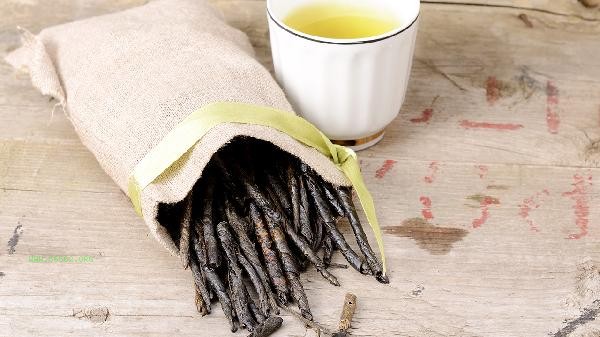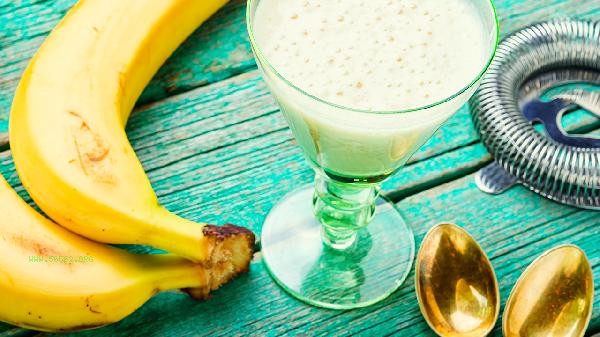The temperature of microwave heating food is usually between 60-100 degrees Celsius, and the heating time varies depending on the type and amount of food, usually taking 1-5 minutes. The effect of microwave heating is influenced by factors such as the initial temperature, moisture content, container material, microwave power, and food placement. The microwave oven generates heat by vibrating water molecules in food through electromagnetic waves, and the temperature rises rapidly. Foods with high water content, such as vegetables and soups, are easier to heat evenly, usually taking 1-3 minutes. Foods with higher density, such as meat, require more time. It is recommended to heat them in batches and flip them halfway. Using microwave specific containers can avoid deformation caused by high temperatures, and glass or ceramic materials are more suitable for long-term heating. In terms of power settings, high power is suitable for quickly heating small amounts of food, while low power is suitable for thawing or heating large pieces of food. Laying food flat is more uniform than stacking and heating, and pausing stirring halfway can reduce uneven heating and cooling.

Special attention should be paid to the heating method for certain special foods. Shell eggs may explode due to internal steam pressure, and direct microwave exposure should be avoided. Foods with high oil content may produce harmful substances due to local overheating, and it is recommended to heat them in batches for a short period of time. Frozen foods need to be thawed before heating to prevent them from being cooked on the outside and undercooked on the inside. Sealed packaged food should be opened before heating to prevent the accumulation of air pressure. Excessive heating of dairy products can cause protein denaturation, and it is recommended to use low to medium power short-term heating.

When microwave heating food, it is recommended to adjust the time according to the actual situation to avoid excessive heating leading to nutrient loss or poor taste. After heating, let it stand for 1-2 minutes to evenly distribute the heat, and measure the temperature at the center of the food to ensure it meets safe consumption standards. Regularly clean the inner wall of the microwave oven to avoid food residue affecting heating efficiency. Paired with a microwave cover, it can reduce water evaporation and maintain the original flavor of the food. Note that there may be differences in power between different brands of microwave ovens. When heating new food for the first time, you can set a shorter time to observe the effect.









Comments (0)
Leave a Comment
No comments yet
Be the first to share your thoughts!